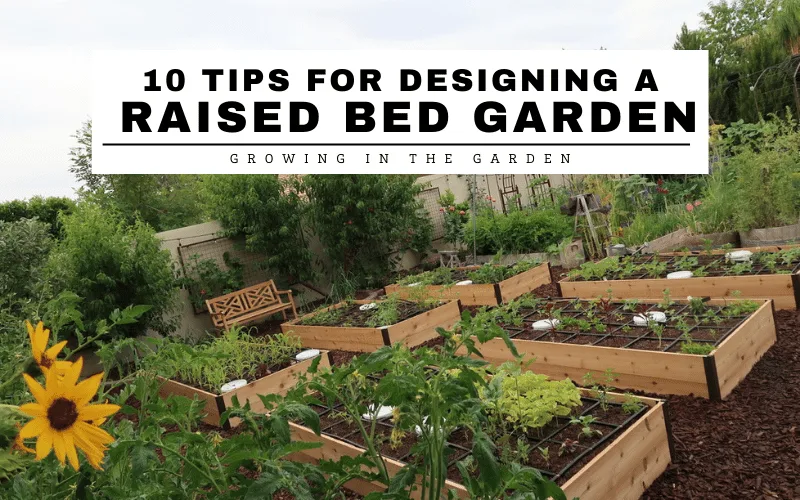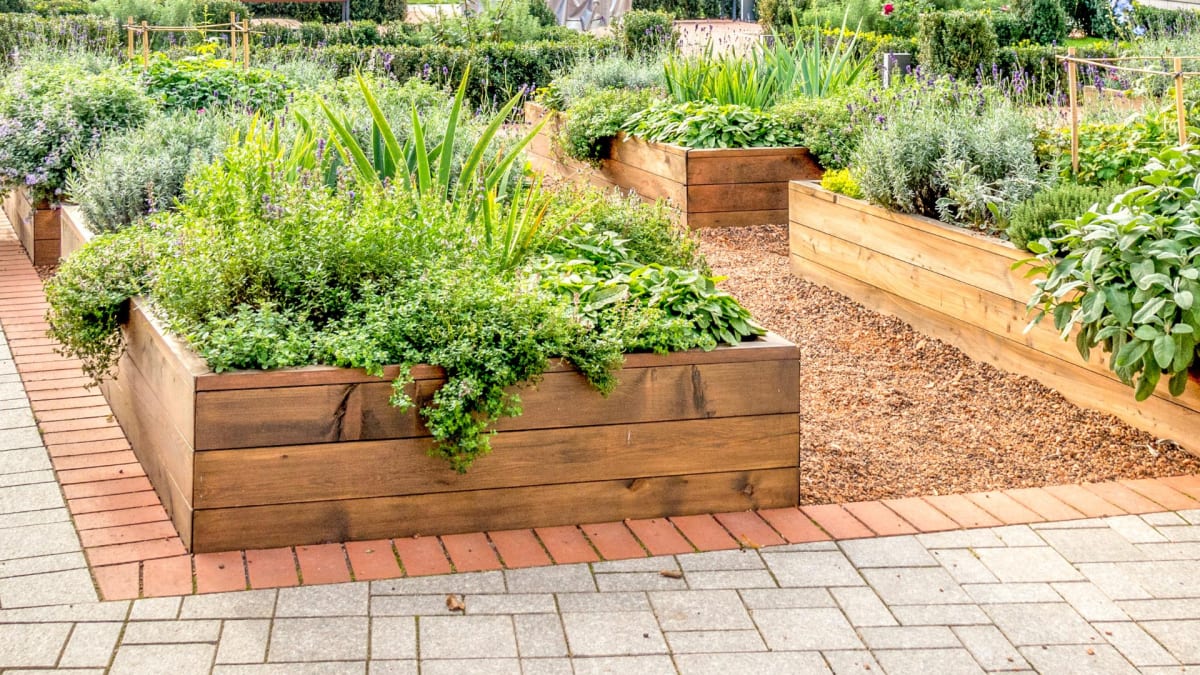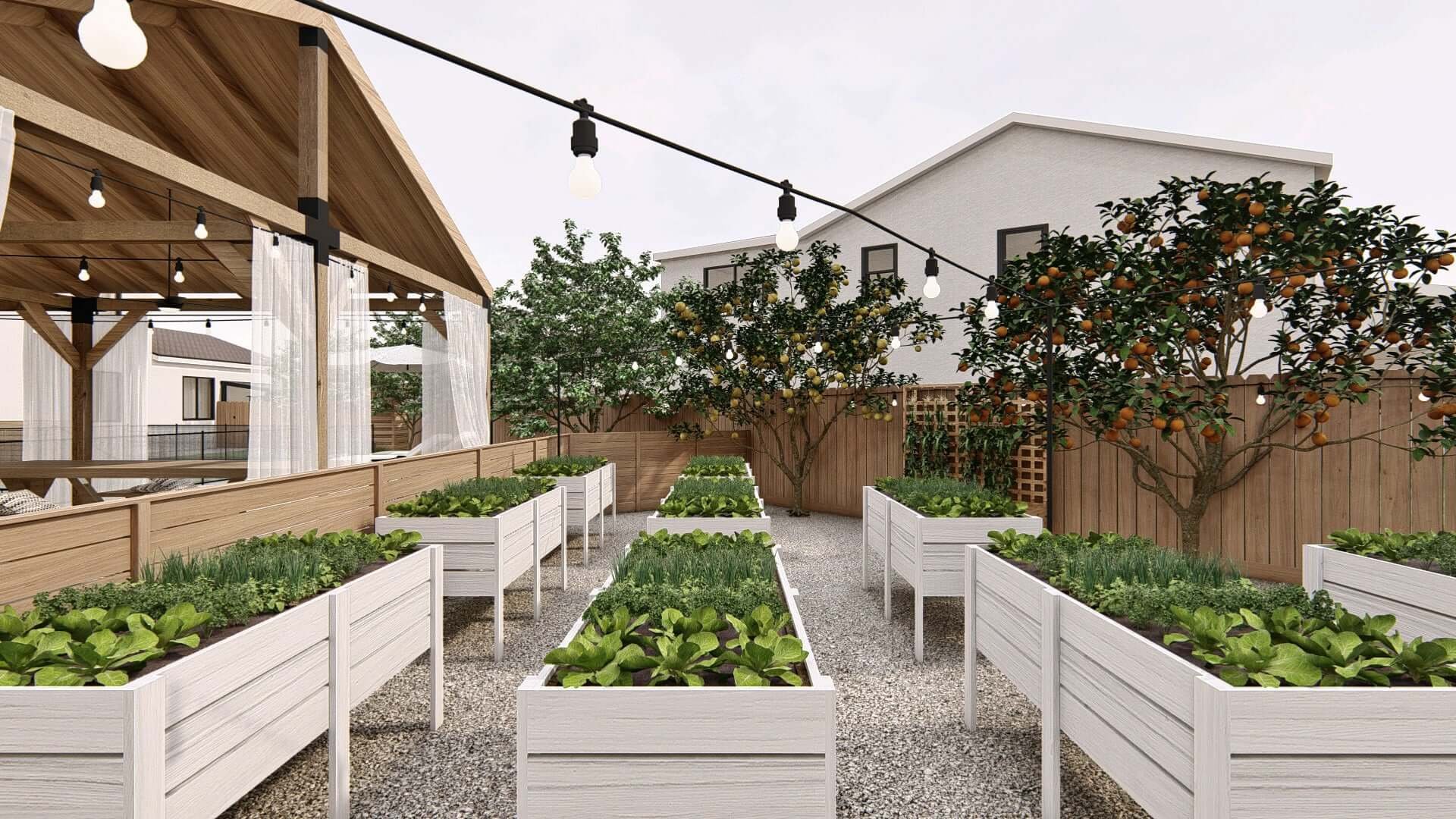How To Maximize Your Raised Bed Yield With Proper Spacing
How to Maximize Your Raised Bed Yield with Proper Spacing
Raised beds are a great way to grow vegetables, herbs, and flowers. They offer many benefits, including improved drainage, better soil aeration, and easier access for gardening. However, one of the most important factors in maximizing your raised bed yield is proper spacing.
When plants are spaced too closely together, they compete for resources, such as water, sunlight, and nutrients. This can lead to stunted growth, poor yields, and even plant death. On the other hand, if plants are spaced too far apart, they won't be able to reach their full potential.
So how do you know how far apart to space your plants? The answer depends on a number of factors, including the type of plant, its mature size, and the growing conditions. However, there are some general guidelines that can help you get started.
Here are a few tips for proper spacing in raised beds:
- Start by considering the mature size of the plant. For example, a tomato plant can grow to be 6 feet tall and wide, so you'll need to space it at least 3 feet apart.
- Take into account the growing conditions. If you live in a hot climate, you'll need to space plants closer together to help them retain moisture.
- Consider the type of plant. Some plants, such as bush beans, are more compact than others, such as pole beans. So you'll need to space bush beans closer together than pole beans.
Here is a table of common vegetables and their recommended spacing:
| Vegetable | Mature Size | Recommended Spacing |
|---|---|---|
| Beets | 6 inches | 3 inches |
| Carrots | 12 inches | 3 inches |
| Cabbage | 18 inches | 12 inches |
| Lettuce | 12 inches | 6 inches |
| Onions | 12 inches | 6 inches |
| Peas | 6 inches | 3 inches |
| Peppers | 18 inches | 12 inches |
| Potatoes | 18 inches | 12 inches |
| Spinach | 6 inches | 3 inches |
Once you've determined the proper spacing for your plants, you can start planting. Be sure to water your plants regularly and fertilize them as needed. With proper spacing and care, you'll be harvesting a bountiful crop in no time!
Are you planning to build a raised bed garden? If so, you'll need to decide on the spacing between the beds. The optimal spacing will depend on a number of factors, including the size of your beds, the type of plants you'll be growing, and how much access you need for gardening tasks.
A good rule of thumb is to space raised beds at least 3 feet apart. This will give you enough room to walk between the beds and access all of your plants. If you have a lot of plants or need more space for gardening tasks, you may want to increase the spacing to 4 feet or more.
Of course, there are always exceptions to the rule. For example, if you're growing small plants or you don't need a lot of access to the beds, you can get away with spacing them closer together.
If you're not sure how much space to leave between your raised beds, it's always best to err on the side of caution. More space is always better than not enough.
For more information about raised bed spacing, I recommend visiting Garden Wiki. This website has a wealth of information on all aspects of raised bed gardening, including spacing.
FAQ of raised bed spacing
Q: How far apart should raised beds be spaced?
A: The recommended spacing between raised beds is 3-4 feet. This allows enough room for plants to grow and spread, as well as for you to walk between the beds comfortably. If you have limited space, you can space the beds closer together, but this may limit the size of your plants.
Q: What factors should I consider when spacing raised beds?
A: There are a few factors you should consider when spacing raised beds, including:
- The size of your plants. Some plants, such as tomatoes and peppers, need more space than others.
- The width of your raised beds. If your beds are wider than 4 feet, you may need to space them farther apart.
- The type of plants you are growing. Some plants, such as cucumbers and squash, spread out more than others.
- Your personal preferences. If you want to be able to walk between the beds easily, you may want to space them farther apart.
Q: How do I know how much space to leave between plants in a raised bed?
A: The amount of space you need to leave between plants in a raised bed depends on the type of plant. Some plants, such as carrots and radishes, need less space than others, such as tomatoes and peppers. You can find specific spacing recommendations for different plants in gardening books or online resources.
Q: What are the benefits of spacing raised beds properly?
There are several benefits to spacing raised beds properly:
- It allows plants to grow and spread without being overcrowded.
- It makes it easier to walk between the beds and access your plants.
- It helps to prevent diseases and pests from spreading from plant to plant.
- It improves air circulation and drainage, which can help to keep your plants healthy.
Q: How do I prepare a raised bed area for spacing?
Before you start spacing your raised beds, you need to prepare the area. This includes removing any rocks, debris, or weeds. You should also add some compost or other organic matter to the soil to improve drainage and fertility.
Image of raised bed spacing
- Image 1: A raised bed with a path of 12 inches in between. This is the minimum amount of space needed between raised beds to allow for easy access and to prevent weeds from spreading.

- Image 2: A raised bed with a path of 24 inches in between. This is a more generous amount of space, which can be helpful if you have a lot of foot traffic in your garden or if you want to grow taller plants that need more space to spread out.

- Image 3: A raised bed with a path of 36 inches in between. This is the most space-efficient option, but it can make it more difficult to access the plants in the center of the bed.

- Image 4: A raised bed with a curved path. This is a more visually appealing option, but it can be more difficult to build and maintain.

- Image 5: A raised bed with a combination of different path widths. This can be a good way to create a more visually interesting garden and to accommodate different types of plants.

Post a Comment for "How To Maximize Your Raised Bed Yield With Proper Spacing"